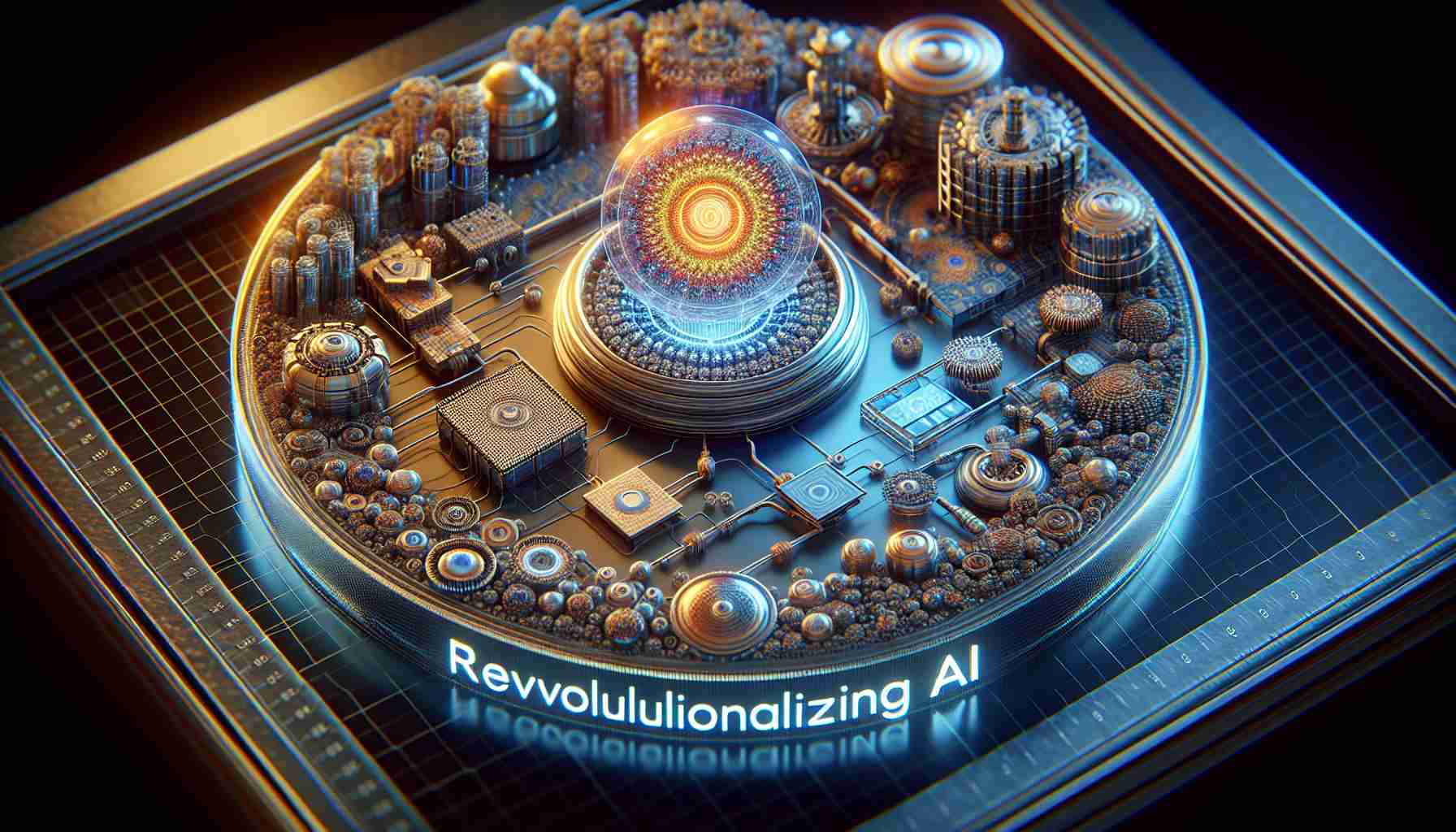Oslo’s scientific strides in energy-efficient AI technology. The University of Oslo could be on the verge of a technological breakthrough, thanks to researcher Henrik Hovde Sønsteby’s innovative approach to artificial intelligence (AI). Sønsteby’s involvement in creating less energy-intensive materials, if successful, potentially heralds a radical shift in AI development.
Current AI technologies can be power-hungry, but the materials Sønsteby is developing promise a significant reduction in energy usage. His project, receiving EU funding and collaborative effort with industry giants like IBM, could democratize access to this leading-edge technology.
Atomic Precision for a Sustainable Future. The crux of Sønsteby’s method involves atomic layer deposition (ALD), a precision technique honed over two decades that constructs materials one atomic layer at a time. This meticulous control over material structure is what could lead to transformative AI systems that use far less power.
What makes these new materials truly stand apart is their intrinsic memory capabilities. Unlike modern systems requiring constant power to retain memory, Sønsteby’s materials remember with minimal energy input. Moreover, there’s a reduction in training needs—a typical heavy energy cost—due to the materials’ ability to remember from a single instance.
Edge Computing: Fast, Decentralized, and Efficient. Envision self-driving vehicles navigating in real-time without the drain of current energy-intensive AI. This new material could realize ‘edge computing,’ processing decisions locally rather than through a central system, improving reaction times and saving energy. It could also circumvent some of the biases ingrained in current AI systems, potentially revolutionizing tasks like medical imaging diagnostics.
While the team strives to understand the sorting mechanisms of these materials, the implications of their work are wide-reaching. This could ultimately reshape the entire landscape of AI, paving the way for environmentally sustainable and inherently unbiased machine learning.
Key Questions and Answers:
What is atomic layer deposition (ALD)?
ALD is a thin-film deposition technique that allows the construction of materials with atomic precision by depositing layers of material one at a time. This process can create extremely thin and uniform coatings, which is crucial for the development of advanced semiconductor devices, among other applications.
How could ALD contribute to energy-efficient AI?
By using ALD to create materials with intrinsic memory capabilities, these new AI systems require less power to operate. They can retain information without the constant energy input needed by traditional memory and can be trained with less energy due to their ability to remember from a single instance.
What is edge computing?
Edge computing refers to processing data locally, at the source of data generation, rather than relying on a centralized data-processing warehouse. This reduces the latency in decision-making processes, improves response times, and can reduce the amount of data that needs to be transmitted to a central system, thereby saving energy.
Key Challenges and Controversies:
Scalability: A significant challenge is ensuring that these new materials can be produced at a scale that makes them feasible for widespread use in commercial AI applications.
Compatibility: Integrating new materials into existing AI systems may face technical hurdles, as the hardware and software need to be compatible with the new technology.
Regulatory and Ethical Implications: With any advancement in AI, there are concerns about how the technology will be regulated, as well as ethical considerations about its use and potential to displace jobs.
Advantages and Disadvantages:
Advantages:
1. Energy Efficiency: The main advantage of these new materials is their potential to significantly reduce the energy consumption of AI systems, making them more environmentally friendly.
2. Reduced Costs: Lower energy requirements could reduce operating costs, making AI technologies more accessible.
3. Decentralized Processing: Edge computing capabilities can lead to faster decision-making and can enhance privacy since data can be processed locally.
Disadvantages:
1. Development Time: It takes time to develop and perfect new materials and technologies, which may delay their implementation.
2. Initial Costs: The initial cost of developing and integrating these materials into existing systems could be high.
3. Technical Hurdles: Overcoming technical barriers to ensure that these materials are compatible with existing technologies could be challenging.
For more information on related topics, consider visiting the following links:
– IBM: for insights into how industry giants are contributing to technological advancements in AI.
– European Union: for information on how the EU funds technology projects and promotes innovation within its member states.
– University of Oslo: for updates and research publications from the institution pioneering this technology.

